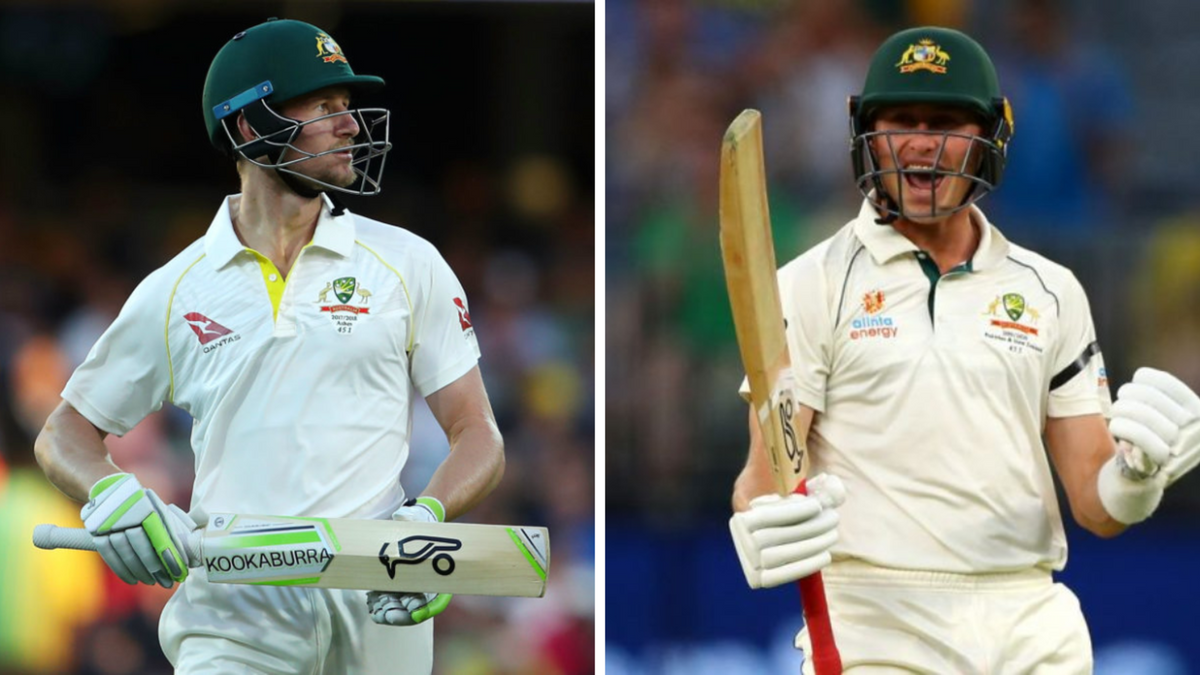
Who will replace David Warner at the top once he retires from Test cricket? Hamza Shehryar names five candidates.
Subscribe to the Wisden Cricket YouTube channel for post-match analysis, player interviews, and much more.
Pakistan’s ongoing tour of Australia represents the end of an era: David Warner’s.
David Warner debuted in Test match cricket 12 years ago. It was a divisive selection. Many felt his propensity for brash and belligerent batting that defined his success in white-ball cricket would be fruitless against the moving red ball.
After Warner was caught at slip attempting to drive a good-length Chris Martin delivery in his second game, having only scored a measly 30 across three innings, the sceptics seemed to have been vindicated. His Test career was unravelling just as it was beginning.
Then, in the fourth innings of the same game, on a tricky Hobart wicket, Warner scored an unbeaten 123. Australia lost the match, but Warner was named Player of the Match. The rest is history.
Twelve years, 26 centuries – the most recent of which came in the Perth Test match – and over 8,500 runs later, Warner prepares to bid farewell to his illustrious Test career. As the cricketing world prepares for the SCG send-off for one of modern cricket’s most combative personalities, there have been murmurs about who his immediate replacement will be.
We look at the five candidates most likely to be given the unenviable task of taking over the opening slot of the highest-scoring opening batter in Australian Test match history.
Cameron Bancroft
Thirty-one-year-old Western Australian wicketkeeping batter Bancroft has been talked about perhaps more than any other player who has played just ten Test matches. From his involvement in Sandpapergate to his inability to translate his impressive first-class numbers to Test runs, Bancroft has become a divisive figure among Australian fans.
Regardless, Bancroft has been in the form of his life. He is currently the Shield top-scorer, having amassed 512 runs from nine innings, and has been collectively averaging north of 50 in the last three Shield seasons.
Picked to open for the Prime Minister’s XI against the touring Pakistanis last week, he scored 53, which shows that he is at the forefront of the list to take the responsibility of facing the brand new red ball once Warner hangs up his shoes. It may also represent the last realistic chance that Bancroft has to establish a permanent place in the side.
Marcus Harris
Bancroft’s opening partner in the Prime Minister’s XI against Pakistan, the left-hand Victorian Harris has also been in and out of the national setup, last donning the Australian jersey nearly two years ago, in the fourth Ashes test in Sydney, before losing his place to Usman Khawaja.
The fact that Harris opened for the Prime Minister’s XI shows that he, like Bancroft, is on the Australian selectors’ radar. He has scored plenty of runs this season, including a belligerent 164 against Tasmania; and is, like Warner, left-handed, which may give him the edge over Bancroft to continue to attempt to stake a permanent opening spot for the reigning WTC champions.
Matt Renshaw
Another one of the many opening bats that Australia cycled through during the late 2010s, the left-handed Yorkshire-born Renshaw last played for Australia just this year, against India in Delhi.
Despite being only 27, Renshaw has been in and around the Australian setup for years, debuting in 2016. He has an impressive Test match high score of 184, against Pakistan in 2017, and also scored an unbeaten 136 against the same opposition for the Prime Minister’s XI last week. He has evidently taken a liking to thrashing Warner’s favourite team to bat against, which leaves him in good stead to continue Warner’s enduring legacy.
Henry Hunt
Not spoken about frequently, Hunt has quietly been racking up scores of runs opening the innings for South Australia, including an innings of 162 against Queensland in November.
Aged only 26, the right-handed Hunt has already played 43 Shield games and has also previously captained Australia A. Though not a name that makes most Warner replacement lists, Hunt is an able batter, capable of staking a long-term claim at the top of Australia’s batting order; especially as, unlike Bancroft, Harris and Renshaw, he has never before played for Australia and could instil some much needed youthful exuberance to Australia’s ageing top order.
Marnus Labuschagne
Australian head coach Andrew McDonald has repeatedly affirmed his desire to play Australia’s six best batters in their XI. He told Australia’s Sports Entertainment Network “anytime that you mention that you want to put your best six batters into the Test team, then there’s always speculation about who’s going to open when Davey goes,” suggesting that Warner’s replacement may simply be Australia’s best batter, rather than their best opening batter.
Travis Head, who opens for the ODI side, ruled himself out of contention to open, telling reporters in Perth that the selectors are “happy with me in the middle order”. It seems increasingly likely that Australia may rejig their batting order to replace Warner with Labuschagne, their number three.
This would allow Australia to get both Cam Green and Mitchell Marsh into the side, allowing them more flexibility with their lower-middle order. Considering the colossal scale of Warner’s legacy, the most effective replacement may not be a like-for-like one but one that maximises their middle-order strengths. Pushing Australia’s most adaptable batter up to open may just be Australia’s best answer to the David Warner question.








